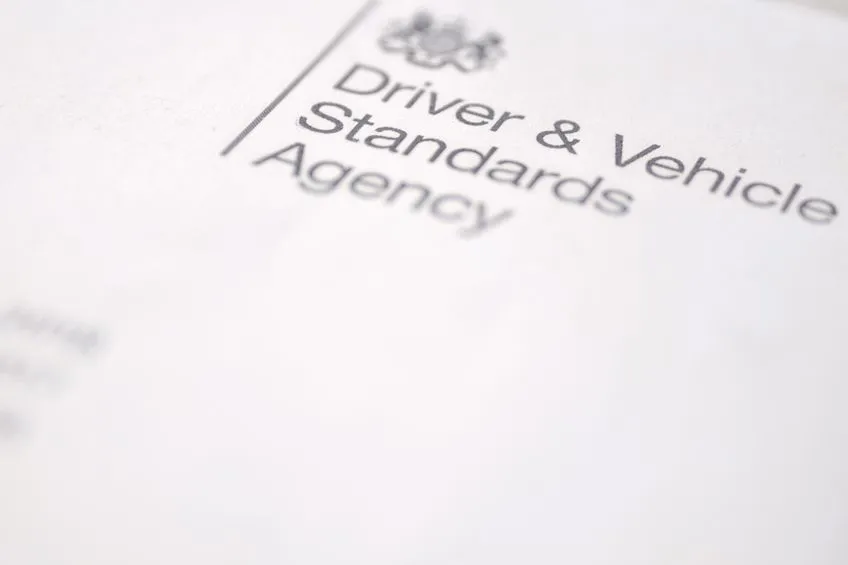When is it legal to drive without an MOT certificate?

If you’re not sure when your MOT is due, it can be easy to miss the deadline, resulting in an expired MOT certificate. Your old certificate will also become invalid if you get the MOT done on time, but your car fails due to a dangerous or major fault. So, if either of these situations happen to you, what are your options?
Can you drive without an MOT?
The MOT was created with the intention of making the roads a safer place to be by ensuring that no vehicle considered unroadworthy can be legally driven. This remains the case today – and in fact, you need a valid MOT certificate in order to renew the tax on your vehicle. Your insurance will also likely be invalidated. If your car doesn’t have an MOT – whether because it failed the MOT or because you allowed your previous valid certificate to expire – it can’t legally enter the public highway.
Can I drive my car if it fails its mot?
There are only two situations in which you can drive your car without a valid MOT certificate, both of which rely on the car having no dangerous defects noted on the most recent test. These are:
- Driving to an MOT test centre, so you can have an MOT done and get your new certificate
- Driving to a repair centre after a failed MOT to have the necessary repairs carried out
However, it’s important to remember that you must have pre-booked your MOT or repairs so that you can prove that’s where you’re going. The Automatic Number Plate Recognition service flags up cars that don’t have a valid MOT to police patrols, who can pull you over to ask where you’re going. Officers can and will call ahead to your garage of choice to make sure you’ve got an MOT or repairs booked in, so don’t forget this crucial step.
It’s a good idea to carry proof of the booking with you in the car as well, such as a print-out of the booking confirmation. Wondering how long you can drive without an MOT? Well, the idea is to limit it as much as you can, so you’ll be required to take the most direct route available on the day so that you’re on the road for as little time as possible. If your car has a dangerous defect noted on the MOT, you won’t be allowed to drive anywhere.
Additionally, it’s important to be aware that you cannot drive your car to the scrapyard without an MOT, even if you take it straight from the testing centre. If you decide to scrap your car rather than have repairs done, you’ll need to arrange for it to be transported to the scrapyard – for example, by tow truck.
Can I park my car on the road without an MOT?
As well as being unable to drive without a valid MOT (except in the specific circumstances outlined above), you cannot park your car on a public highway until a new certificate has been obtained. This means you can’t park on the road outside your house – but you can park on the driveway, in a garage or on other private property. This includes specialist services for the off-road storing of vehicles. You’ll also need to register your vehicle as SORN.
What is the penalty for no MOT?
If you are stopped by police and you don’t have a valid MOT certificate for the vehicle you’re driving, you can be fined. In many cases, this fine is a £100 fixed penalty notice, but the fine can be as high as £1,000 depending on the circumstances. In fact, if the vehicle failed its MOT with a dangerous defect, you can be fined by as much as £2,500 and have three penalty points added to your licence. This is due to the added risk of endangering the lives of pedestrians, passengers and other drivers. Plus, if you fail to pay these fines within 28 days of the incident, they can be doubled – and failure to pay this can result in your arrest.
On top of this, repeat offences can prompt a more serious punishment. If you are fined twice in a period of three years for driving a car classed as dangerous, you may face a six-month driving ban.
When will a new car need its first MOT?
Usually, a car needs to have an MOT every year. However, if the car is less than three years old, it’s temporarily exempt. New cars are generally considered to be the safest, and therefore an MOT isn’t legally required until the car’s third anniversary, then annually from then on. You can choose to have an MOT done before the car’s third birthday, but be aware that you’ll then need to have an MOT annually thereafter regardless of the car’s age. Regular servicing may be preferable instead, as services don’t come with an expiry date.
This applies to the majority of private cars, however not all of them. Private cars (i.e. those used by a person rather than a company or organisation) which have nine or more seats must have their first MOT by the vehicle’s first anniversary. This also applies to ambulances, taxis and playbuses.
Please note, this information is correct at the time of writing. If you are at all uncertain about the legal consequences of driving without an MOT, check the government website for the latest advice and up to date information.